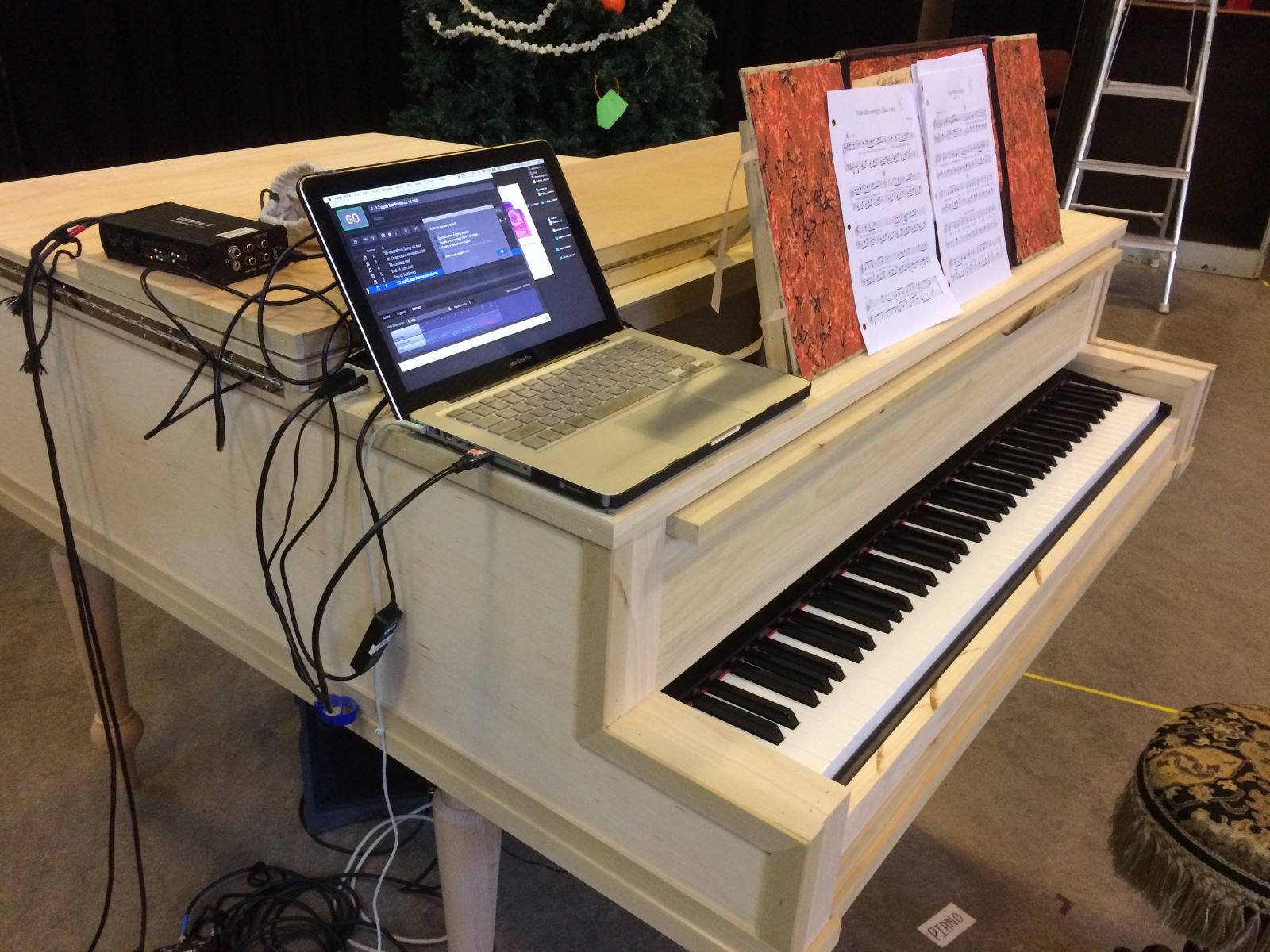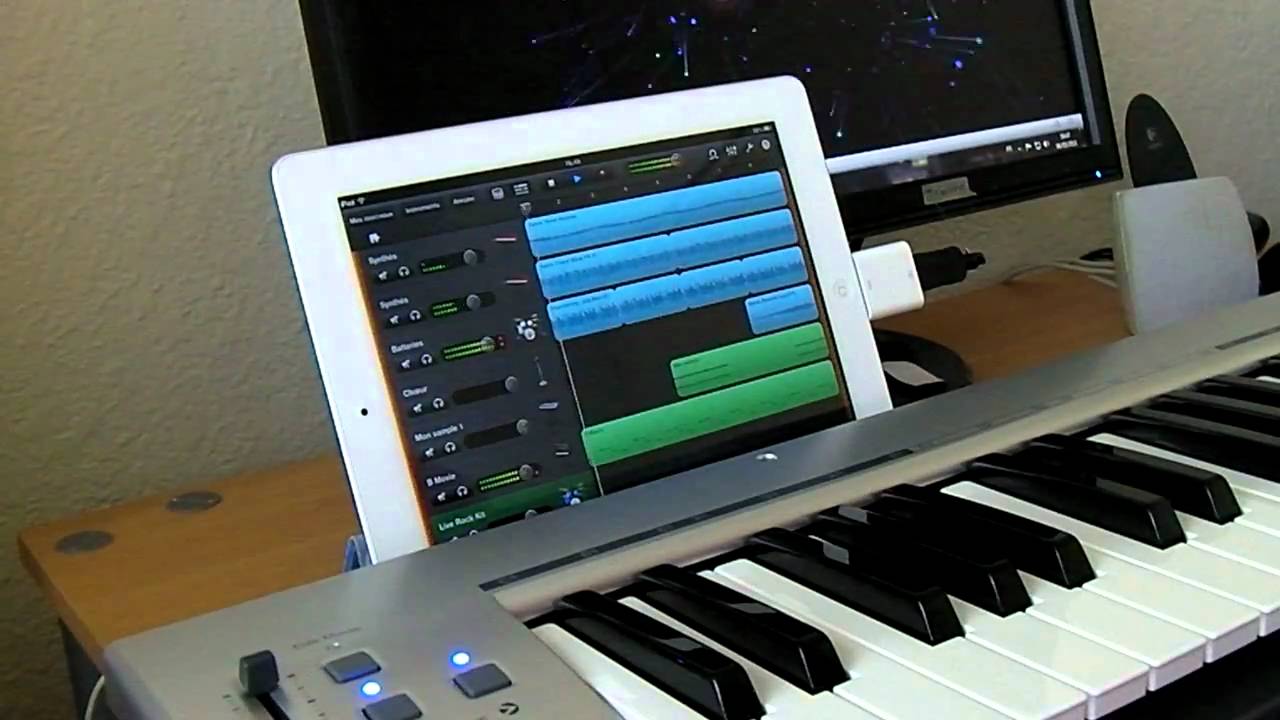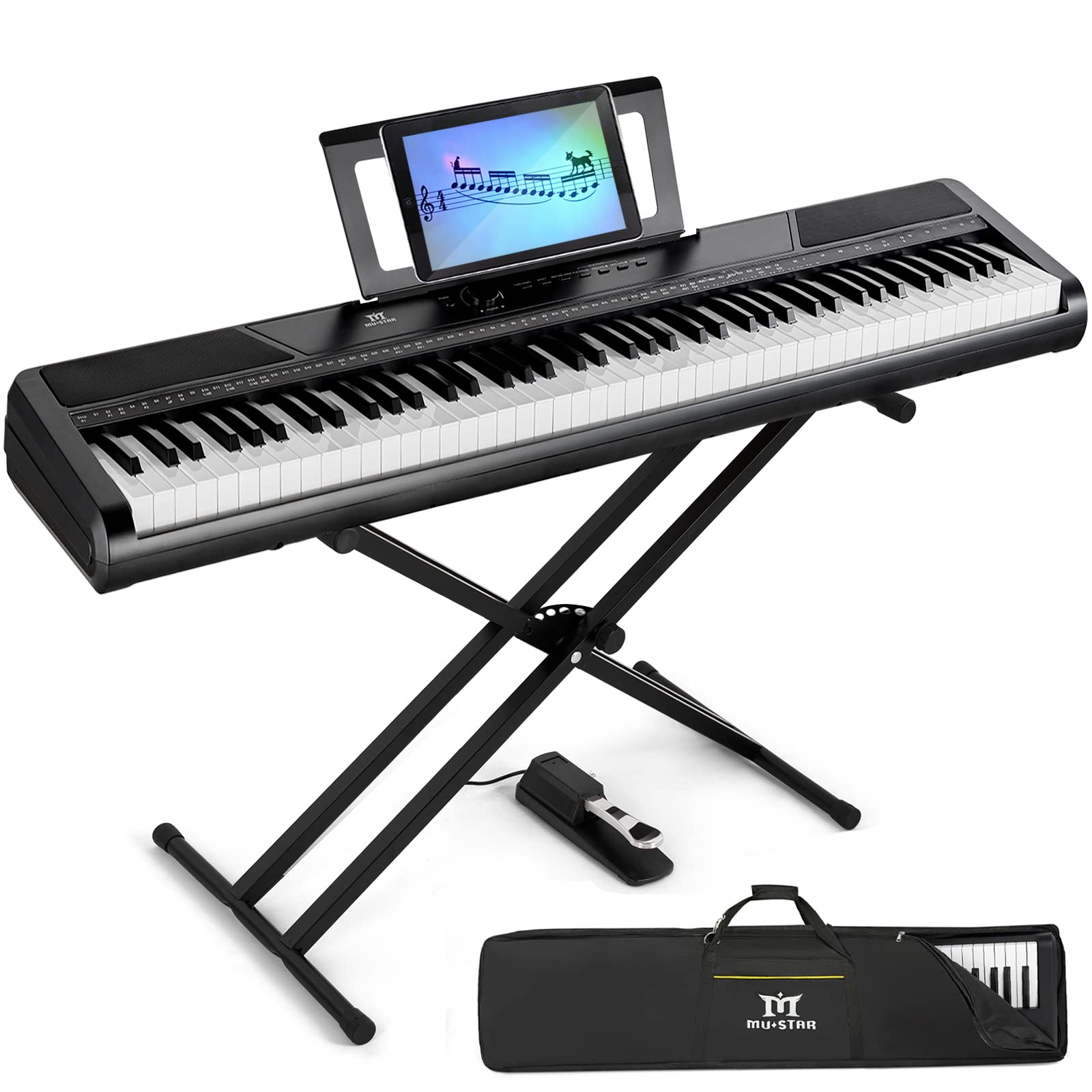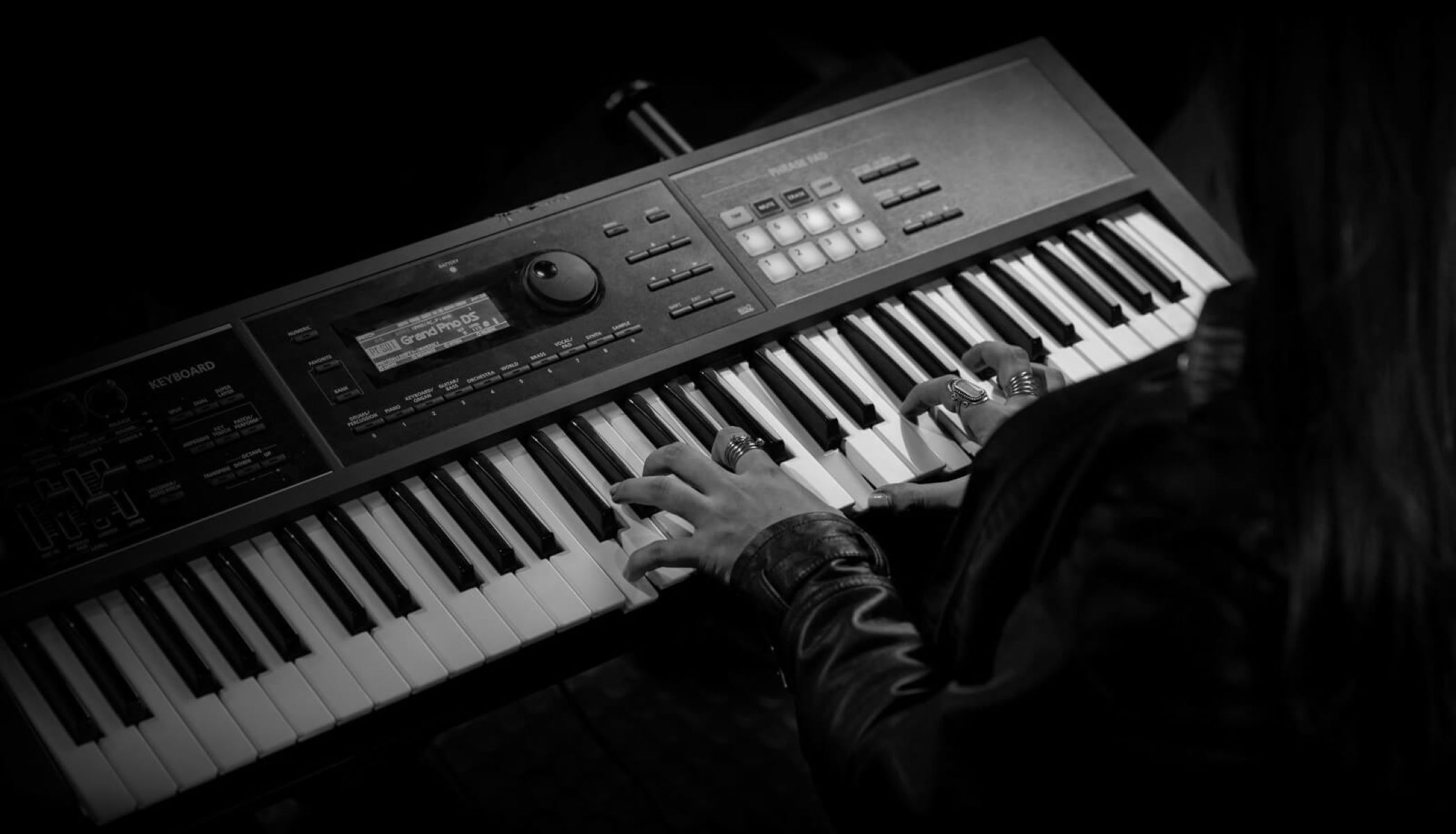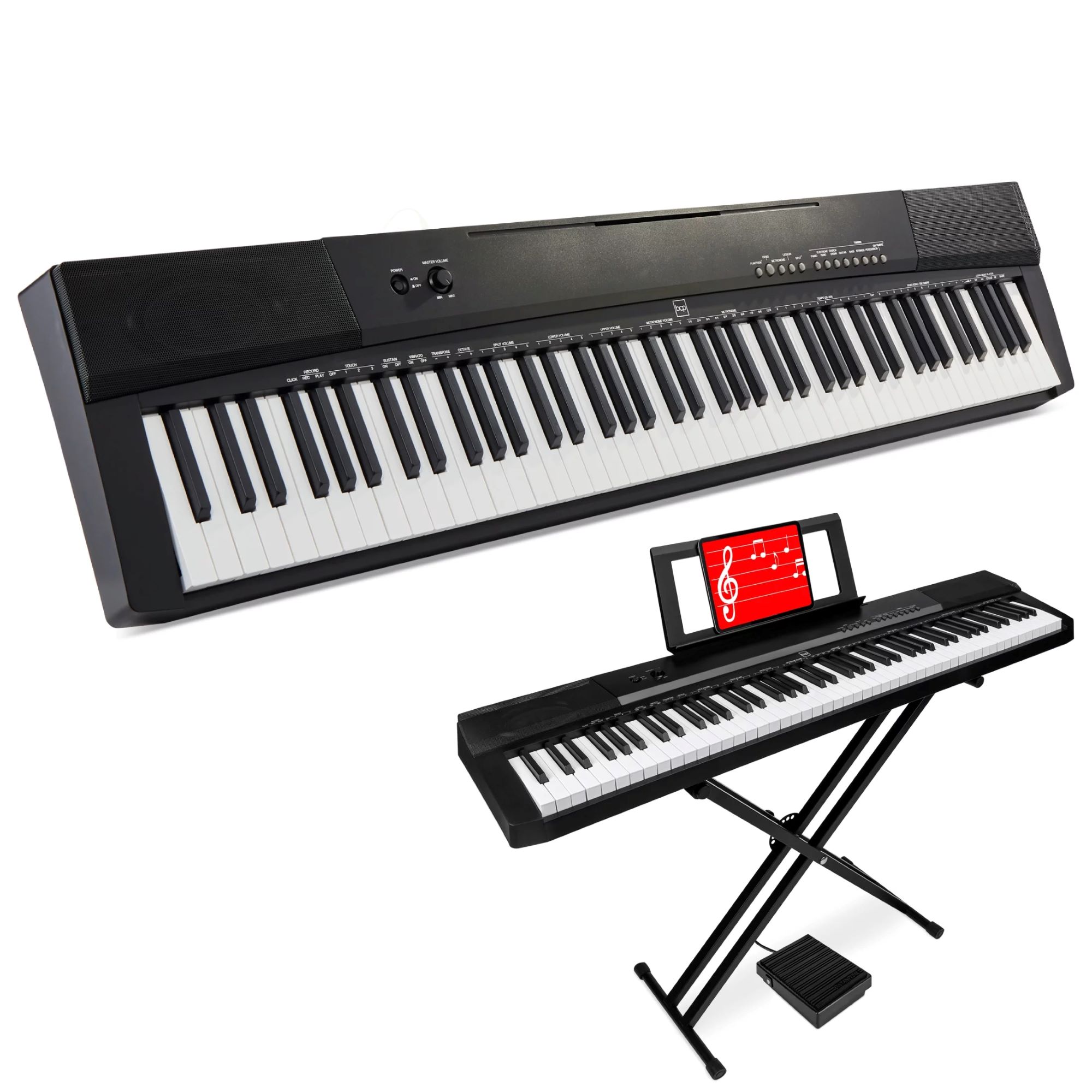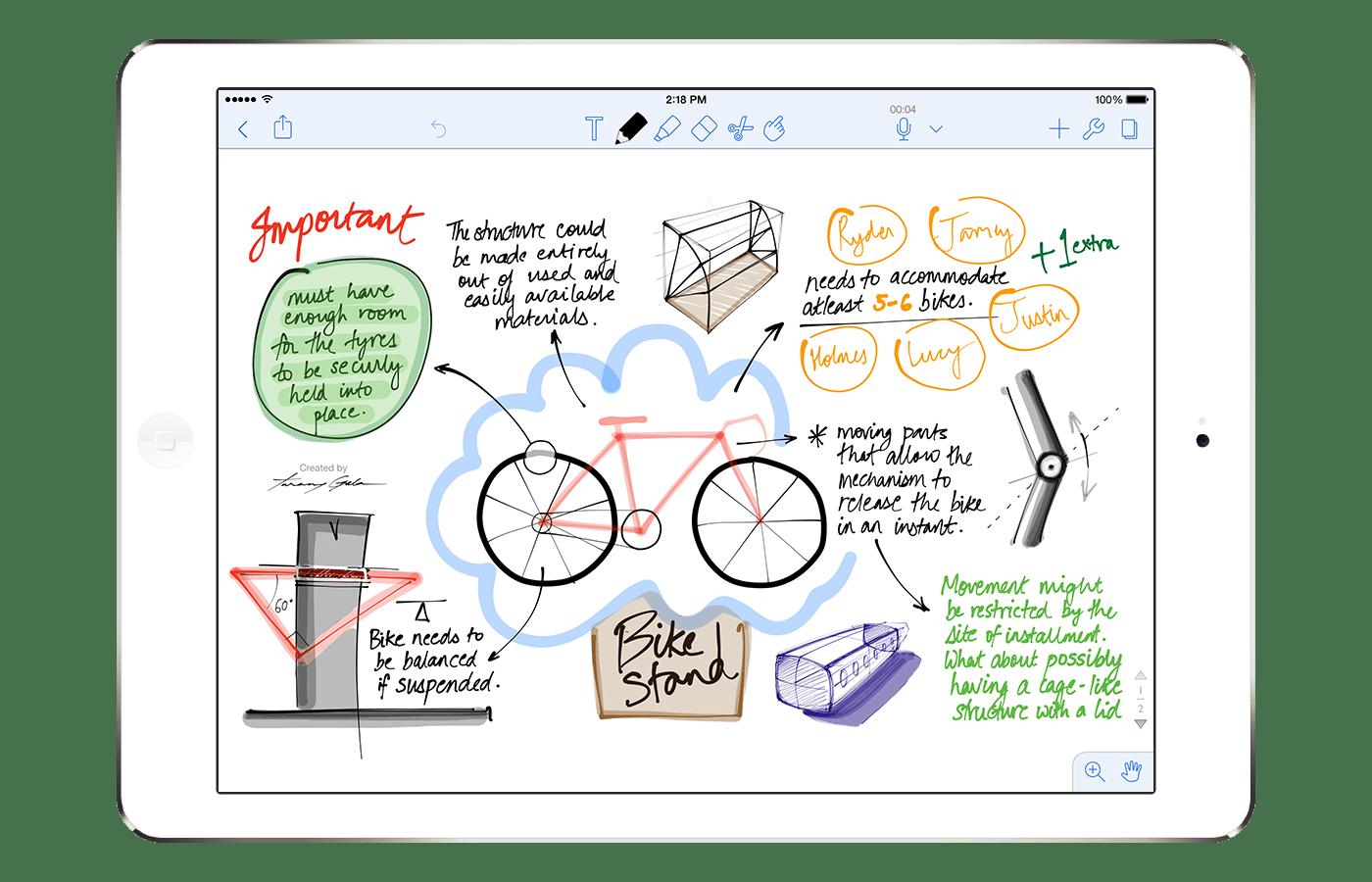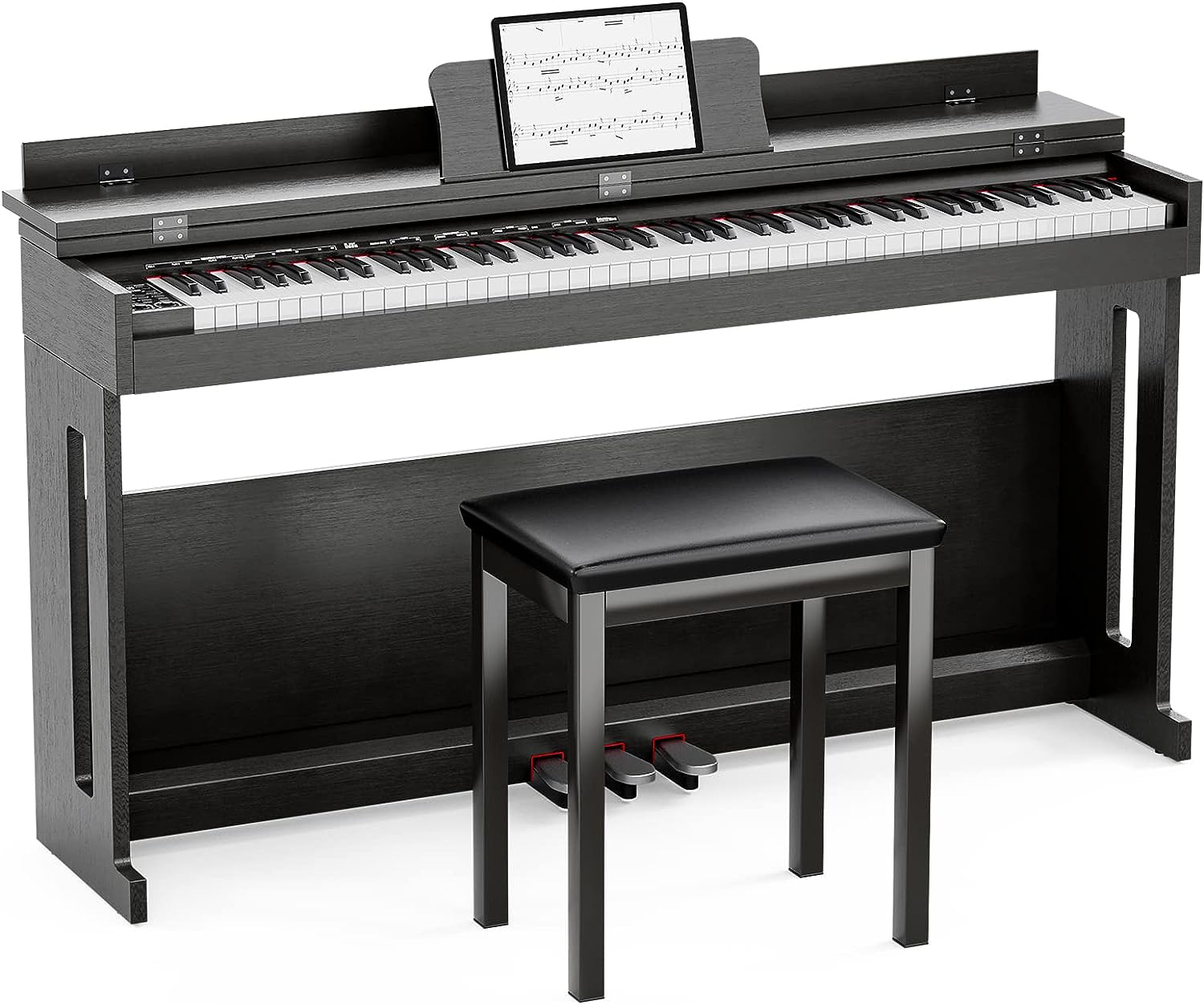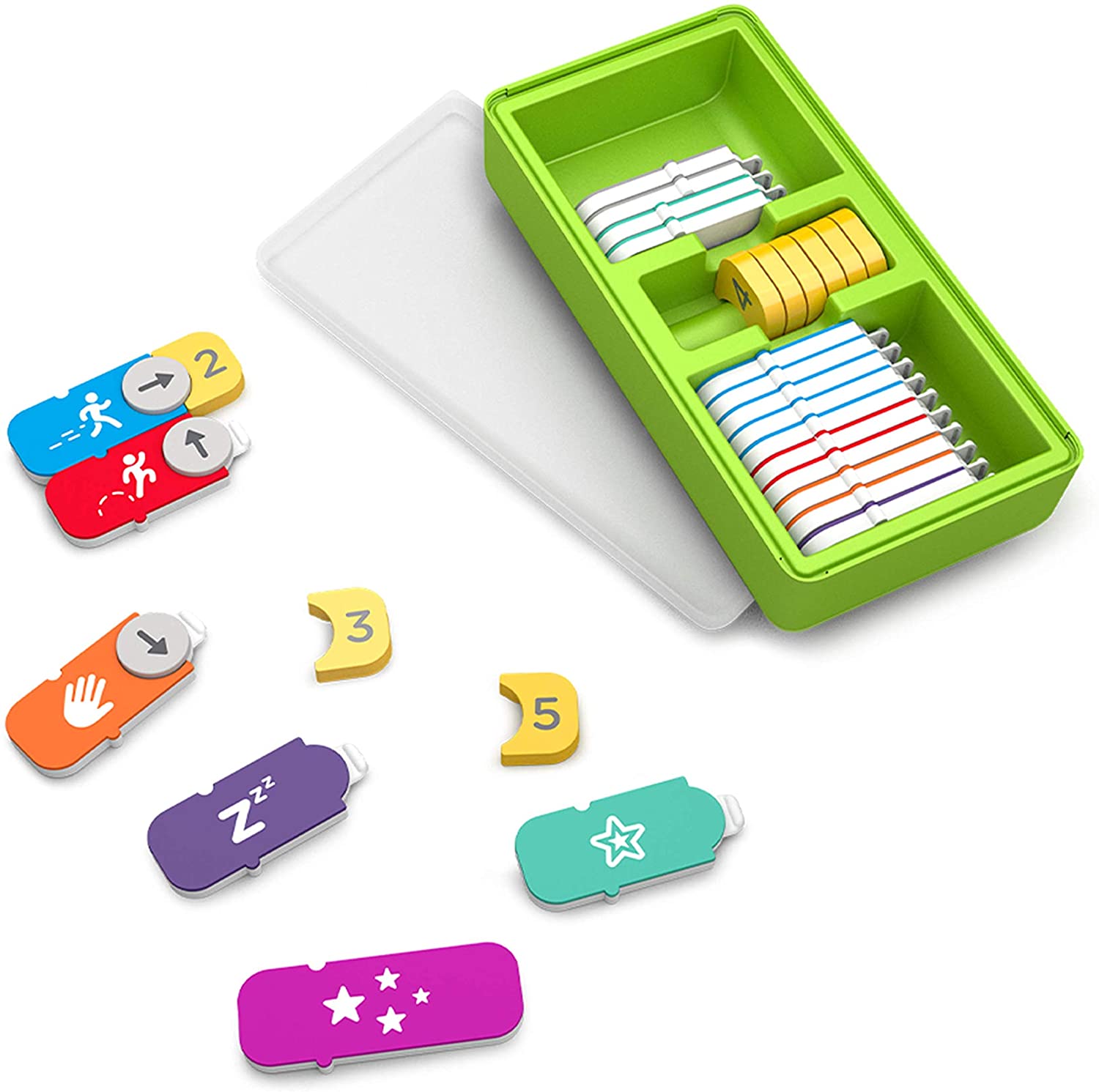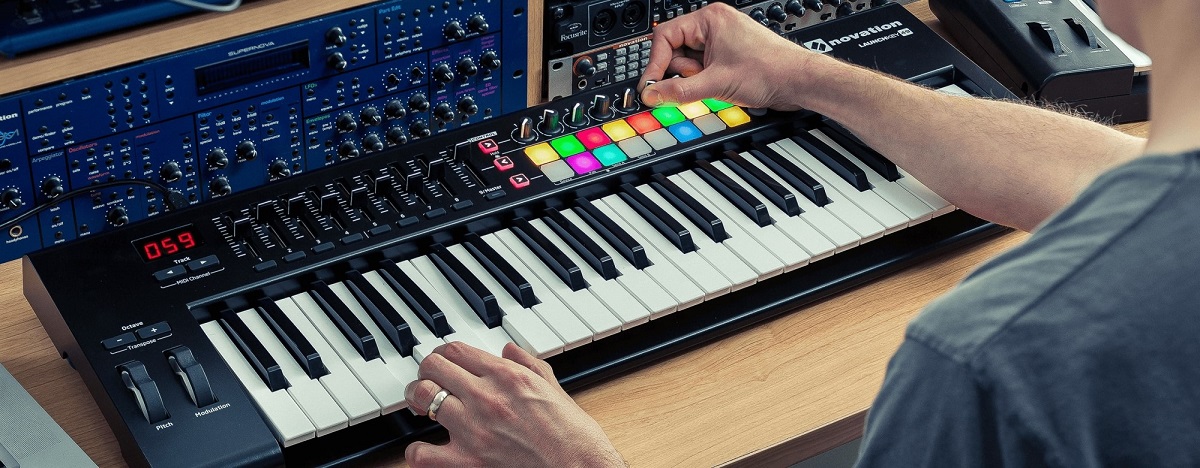Introduction
Are you eager to explore the endless possibilities of connecting your digital piano to your iPad? The seamless integration of these two powerful devices opens up a world of musical creativity and productivity. Whether you're a professional musician, an aspiring composer, or simply an individual with a passion for music, this connection allows you to unlock a realm of digital sound manipulation and recording capabilities.
By linking your digital piano to your iPad, you can harness the power of various music apps, recording software, and educational tools, transforming your musical experience. With this integration, you can access an extensive range of sounds, effects, and recording features, empowering you to compose, practice, perform, and record with unparalleled convenience and flexibility.
In this comprehensive guide, we will walk you through the step-by-step process of connecting your digital piano to your iPad, providing you with the knowledge and confidence to seamlessly merge these two powerful tools. From gathering the necessary equipment to testing the connection, each step is designed to ensure a smooth and successful integration, enabling you to embark on your musical journey with a harmonious blend of tradition and technology. Let's dive into the exciting realm of digital music connectivity and unleash the full potential of your digital piano and iPad.
Step 1: Gather the Necessary Equipment
Before embarking on the journey of connecting your digital piano to your iPad, it is essential to ensure that you have the necessary equipment at your disposal. By assembling the right tools, you can lay a solid foundation for a successful and seamless integration, setting the stage for a harmonious collaboration between your digital piano and iPad.
To begin, you will need a digital piano equipped with either a USB or MIDI output. This crucial feature enables the transmission of musical data from the piano to the iPad, forming the core connection that facilitates the exchange of musical signals and commands.
Next, you will require a compatible USB cable or MIDI interface, depending on the type of output supported by your digital piano. The USB cable serves as the conduit for transmitting digital audio and MIDI data, while the MIDI interface acts as an intermediary device that facilitates the connection between the digital piano and iPad, ensuring seamless communication between the two devices.
Additionally, it is advisable to have an iPad-compatible audio interface or a Lightning to USB Camera Adapter, depending on the specific input requirements of your iPad model. These essential components serve as the bridge that enables the iPad to receive and process the audio signals and MIDI data transmitted from the digital piano, paving the way for a cohesive integration of the two devices.
By gathering these fundamental components, you are laying the groundwork for a successful connection between your digital piano and iPad, setting the stage for a harmonious fusion of traditional musical expression and cutting-edge digital innovation.
Step 2: Connect the Digital Piano to the iPad
With the necessary equipment at your disposal, you are now ready to embark on the pivotal step of connecting your digital piano to your iPad. This crucial process forms the bridge that facilitates the seamless transmission of musical data and audio signals between the two devices, laying the foundation for a harmonious integration of traditional and digital musical expression.
Begin by connecting the USB or MIDI output of your digital piano to the corresponding input of the MIDI interface or USB cable. Ensure that the connection is secure and stable, as this forms the primary link through which musical data and commands will flow from the digital piano to the iPad.
Next, if you are using a MIDI interface, connect the MIDI interface to your iPad using the appropriate adapter or interface, such as the Lightning to USB Camera Adapter. This intermediary connection serves as the conduit through which the iPad receives and processes the MIDI data transmitted from the digital piano, enabling seamless communication between the two devices.
If you are using a USB cable to directly connect your digital piano to the iPad, ensure that the USB cable is compatible with your iPad model and use the Lightning to USB Camera Adapter to establish a secure connection between the two devices. This adapter serves as the vital link that enables the iPad to receive and process the digital audio and MIDI data transmitted from the digital piano, ensuring a cohesive and responsive integration.
By successfully establishing these connections, you are paving the way for a harmonious collaboration between your digital piano and iPad, creating a unified platform for exploring the boundless realms of digital music creation, performance, and recording. With the physical connection in place, you are now poised to delve into the next crucial step of setting up the audio input on your iPad.
Step 3: Set Up the Audio Input on the iPad
Having successfully connected your digital piano to your iPad, the next pivotal step involves configuring the audio input settings on your iPad to ensure seamless reception and processing of the audio signals transmitted from the digital piano. This crucial setup forms the gateway through which the iPad interprets and harnesses the musical sounds generated by the digital piano, laying the groundwork for a cohesive and responsive integration of the two devices.
Commence by accessing the audio settings on your iPad, typically found within the preferences or settings menu. Once within the audio settings, locate and select the input source, specifying the connected digital piano as the designated audio input device. This pivotal selection ensures that the iPad recognizes and channels the incoming audio signals from the digital piano to the appropriate audio processing and recording applications.
If you are using an iPad-compatible audio interface in conjunction with your digital piano, ensure that the audio interface is recognized and selected as the primary input device within the audio settings of your iPad. This critical configuration establishes a seamless pathway for the audio signals to flow from the digital piano through the audio interface and into the iPad, enabling a streamlined and responsive reception of the musical sounds.
Furthermore, verify that the input levels and settings on the audio interface or within the audio settings of the iPad are optimized to capture the nuances and dynamics of the musical performance on the digital piano. Adjust the input gain and sensitivity settings as needed to ensure an optimal balance between clarity, responsiveness, and signal integrity, laying the foundation for a rich and expressive audio input.
By meticulously configuring the audio input settings on your iPad, you are fostering a harmonious connection between your digital piano and iPad, creating a receptive and responsive environment for capturing and processing the musical sounds with precision and clarity. With the audio input seamlessly set up, you are now poised to embark on the exciting phase of testing the connection between your digital piano and iPad.
Step 4: Test the Connection
With the physical and audio connections established between your digital piano and iPad, it is now imperative to verify the integrity and functionality of the connection through comprehensive testing. This pivotal step allows you to ensure that the digital piano and iPad are seamlessly communicating and exchanging musical data, setting the stage for a harmonious collaboration that unlocks a myriad of creative and productive possibilities.
Commence the testing phase by launching a music app or recording software on your iPad that is capable of receiving and processing audio input and MIDI data. Select the input source within the app or software, specifying the connected digital piano as the primary input device. This critical selection ensures that the app or software is ready to receive and interpret the musical signals transmitted from the digital piano.
Once the input source is configured within the app or software, play a musical passage on your digital piano, and observe the responsiveness and accuracy of the audio and MIDI input on the iPad. Verify that the app or software accurately captures and processes the musical performance, reflecting the nuances and dynamics of your playing with precision and clarity.
Additionally, explore the functionality of MIDI-based apps and software on your iPad, leveraging the MIDI data transmitted from the digital piano to control virtual instruments, manipulate sound parameters, and engage in expressive musical interactions. Test the responsiveness and accuracy of the MIDI communication, ensuring that the digital piano effectively communicates with the MIDI-based applications on the iPad.
Furthermore, consider recording a musical passage using the audio input from the digital piano and the recording capabilities of the iPad. Capture the essence of your musical performance with clarity and fidelity, assessing the quality and integrity of the recorded audio to ensure a seamless and responsive recording process.
By meticulously testing the connection between your digital piano and iPad, you are validating the successful integration of the two devices, paving the way for a harmonious and productive collaboration that empowers you to explore the endless realms of digital music creation, performance, and recording. With the connection thoroughly tested and verified, you are now poised to embark on your musical journey with a seamless blend of traditional and digital musical expression.
Conclusion
Congratulations! By following the comprehensive guide to connecting your digital piano to your iPad, you have unlocked a world of musical possibilities that seamlessly merge traditional and digital musical expression. The harmonious integration of these two powerful devices empowers you to explore, create, perform, and record with unparalleled convenience and flexibility, ushering in a new era of musical innovation and productivity.
Through the meticulous process of gathering the necessary equipment, establishing the physical and audio connections, and thoroughly testing the integration, you have laid a solid foundation for a seamless collaboration between your digital piano and iPad. This cohesive connection forms the gateway to a realm of digital music creation, performance, and recording, enabling you to explore a diverse array of music apps, recording software, and educational tools that enrich your musical journey.
With the digital piano and iPad seamlessly linked, you now have the power to leverage an extensive range of sounds, effects, and recording features, transforming your musical experience with boundless creative potential. Whether you are a professional musician, an aspiring composer, or an individual with a passion for music, this integration empowers you to unleash your musical vision with precision and clarity.
As you embark on your musical journey with the harmonious blend of tradition and technology, continue to explore the myriad of music apps, recording software, and educational tools available on your iPad. Embrace the versatility and convenience of this integration, allowing it to inspire and elevate your musical expression with innovation and creativity.
With the digital piano and iPad seamlessly integrated, you are poised to embark on a musical odyssey that transcends boundaries and unlocks the full potential of your musical creativity. Embrace this harmonious collaboration and immerse yourself in the limitless possibilities that await, as you navigate the captivating intersection of tradition and innovation in the realm of digital music connectivity.







